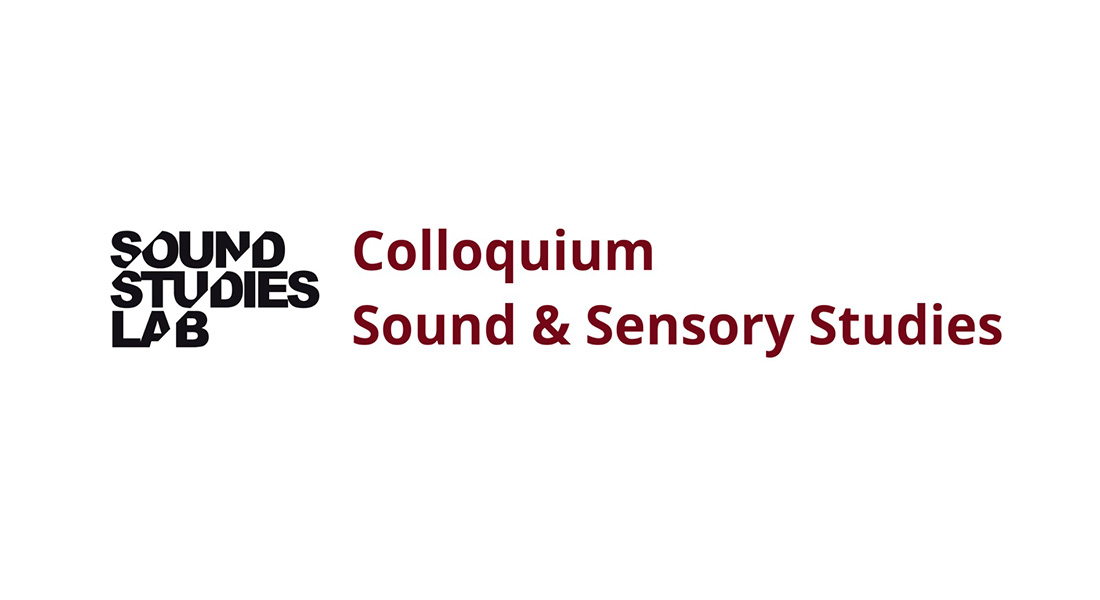Auditory Asides: Listening Habits and Non-Linear Temporalities
Presenter: Malcolm Troon (University of Sussex, UK)

Abstract
I will present new ideas regarding sonic cognition by challenging traditional notions of exclusively singular and linear sonic chronologies. I will examine auditors’ listening habits when organising their sonic environs. My research has investigated the sonic as a property of permanence, opposing tendencies to consider sounds as being ephemeral and brief. As such, through observing subjects (and myself) within sonic environments, this research has unearthed the notion of the ‘auditory aside.’
The auditory aside is a cognitive process. Whereby a listener extracts a sound event from their ongoing sound environment, pausing it while examining the sounds that surround it both temporally and spatially. That sound event is stored as a received, but often pre-cognised auditory event. This process places a sound or sounds aside, retained in dormancy, until required or ready for cognition. Once more sonic information has been collected, and its contextual meaning has been perceived, it is reintegrated back into the wider sonic picture. This time as an understood and cognised sonic property. This process spotlights that we perceive not one singular linear sonic sequence, but parallel and even prismatic sonic timelines if you will. This subsequently raises questions regarding notions of the past, present and future, and their function within sonic realms when considering the sideward, backward, and prismatic glancing processes of the auditory aside.
My presentation will go on to examine three examples of my research participants’ sonic environments as examples to describe the practice of the auditory aside. I will document visits to Great Dixter Gardens, Sussex for its multi-layered dawn chorus, examine ferry journeys across Istanbul’s Bosporus Strait for its daytime sonic cacophony and the mountains of Rum in Scotland for the sonically intense and daily nocturnal arrival of thousands of Manx Shearwater seabirds. These examples will unearth sonic chronologies as being unbound by strict linear temporality. Furthermore, by examining findings that we do not necessarily cognise sounds in the chronological order at which temporally arrive at the ear, I have found that auditor event organisation occurs prismatically and as such, the flow and order of sonic perceptions seldom match the flow of time on which they are transported and received.
